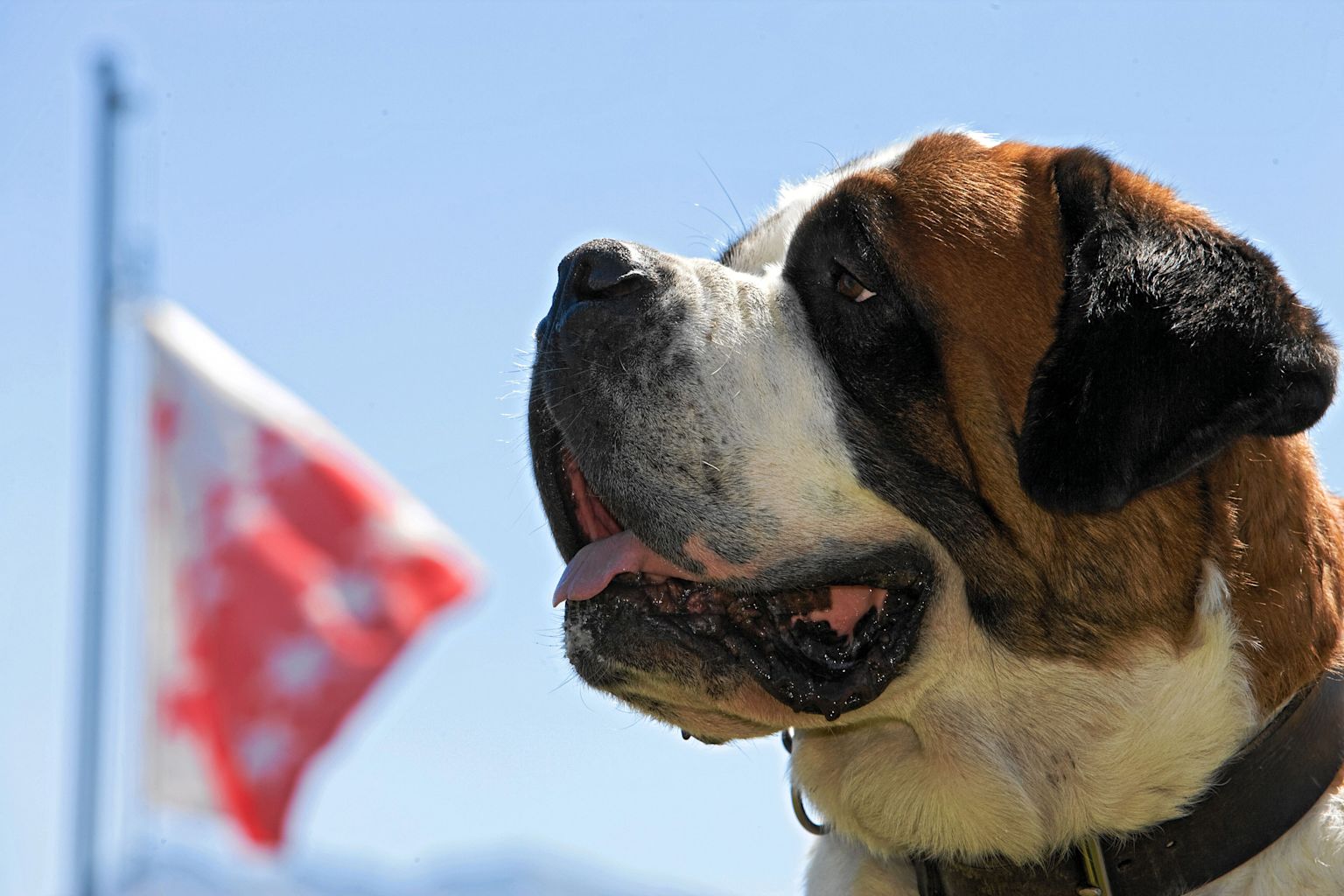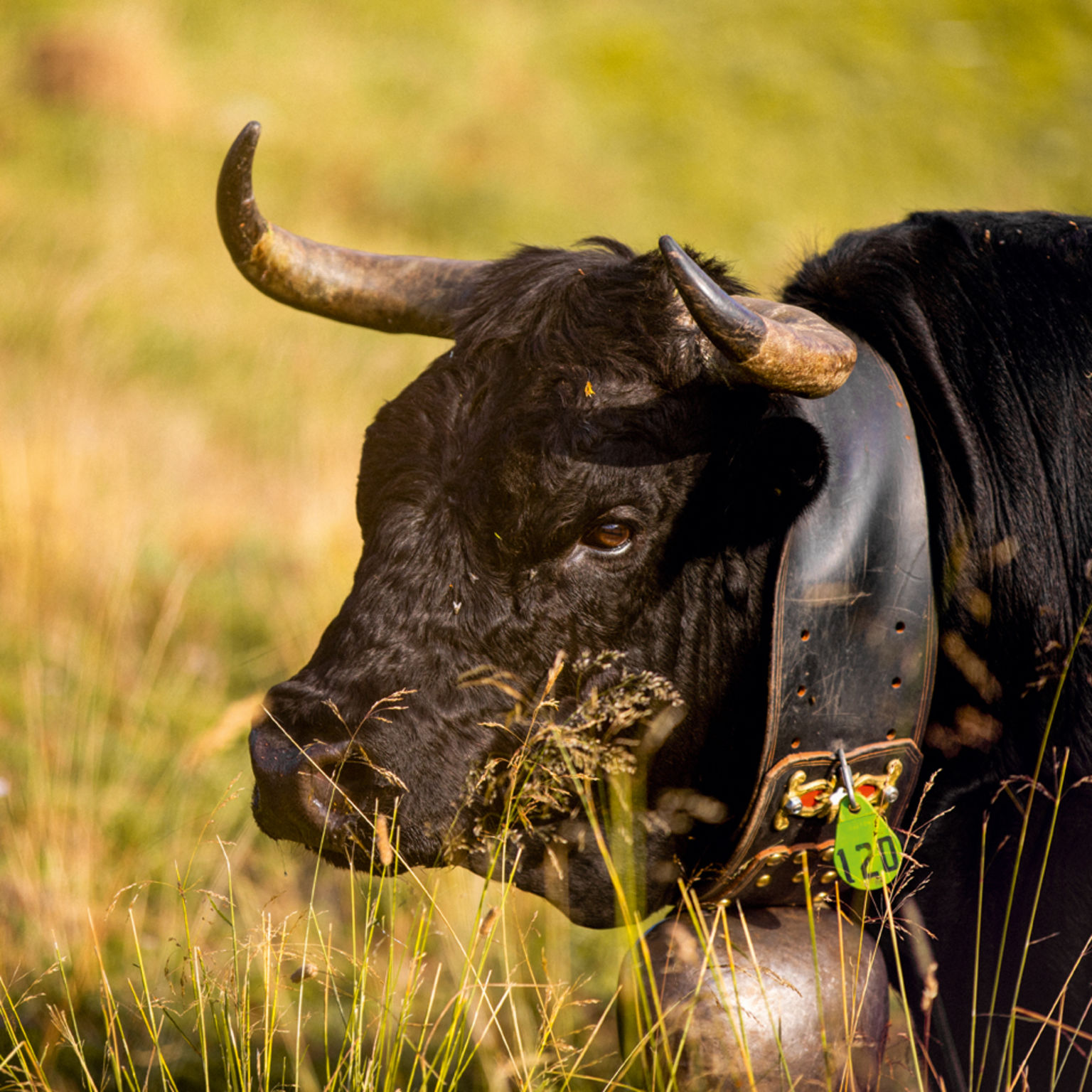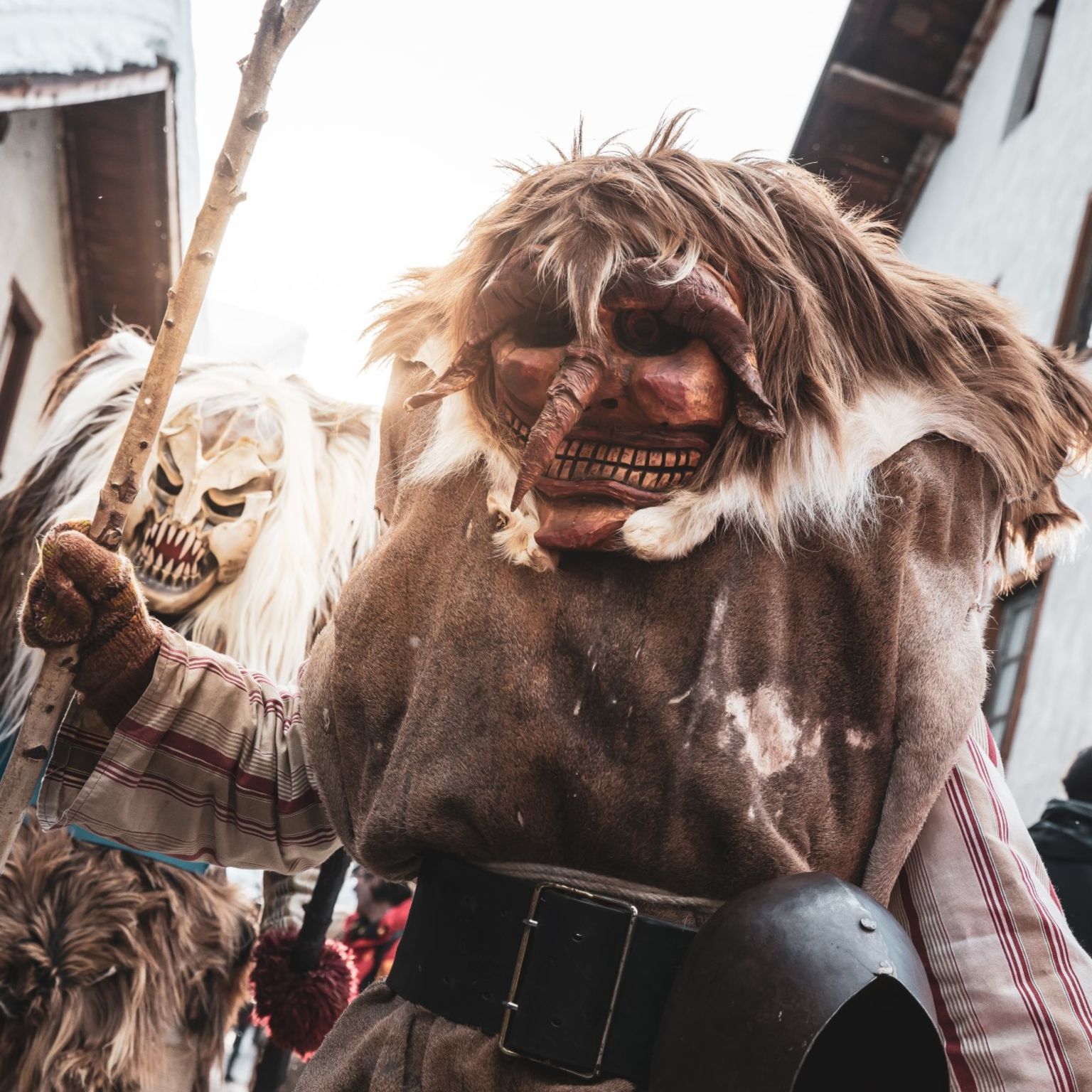St Bernard dogs
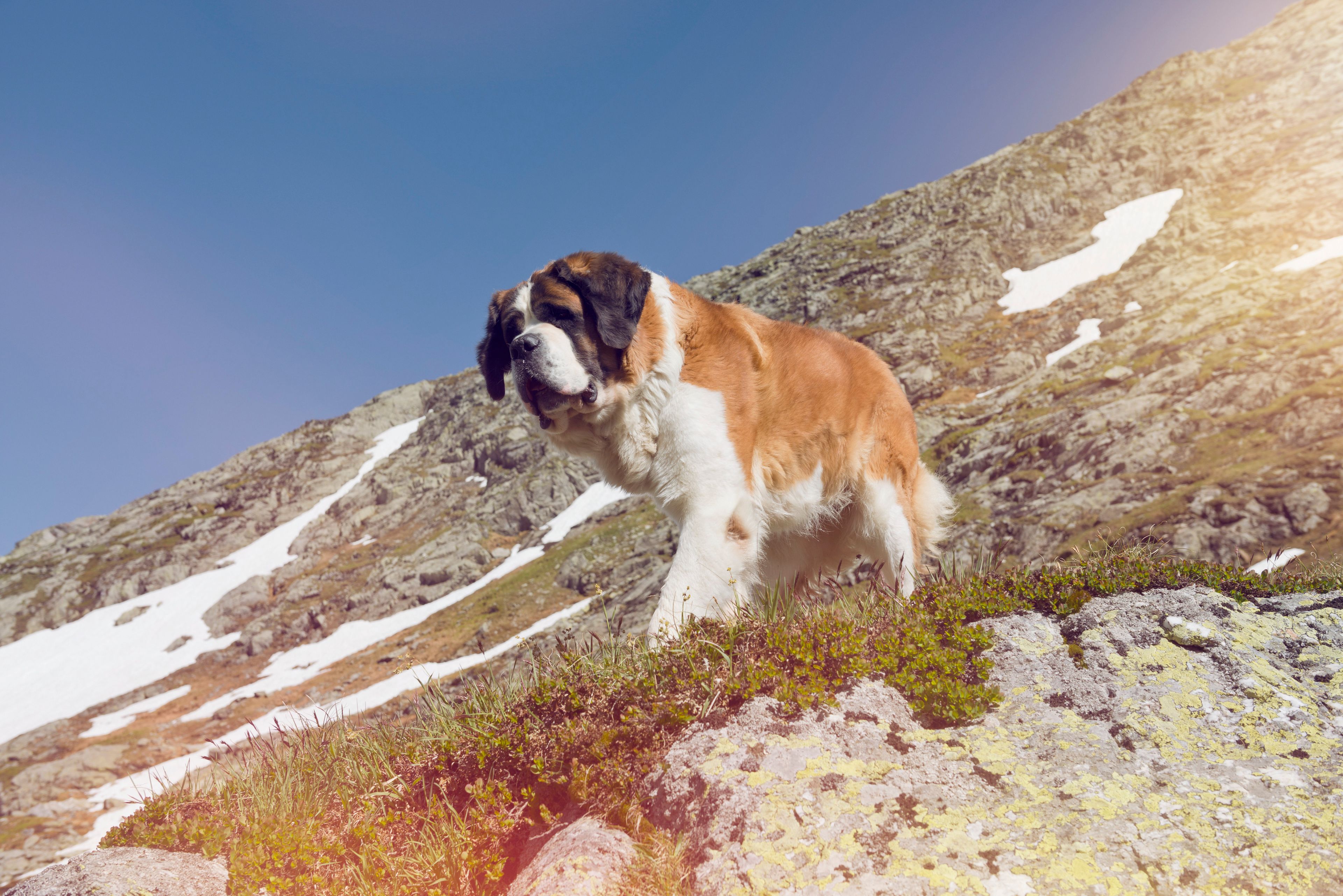
Once used as a rescue dog on the Great St. Bernard Pass, the St. Bernard is now a faithful companion and has been considered the Swiss national dog since 1848.
Since the mid-17th century, Augustinian monks have bred the dogs of the same name on the Great St. Bernard Pass. After its foundation in 2005, the Fondation Barry in Martigny took over the kennel although to this day some of the St. Bernards still remain on the pass during the summer. The breed became famous as avalanche dogs and Barry, the most famous of them all, is said to have saved over 40 people. St. Bernards have been a UNESCO World Heritage site since 2018.
Fondation Barry
Barry the St. Bernard is a legend, and it is no wonder that the foundation in Martigny chose to use his name. The world's oldest and most important kennels are committed to the continued existence of this typical hospice dog, and since 2012, has also been successfully using animal-assisted interventions. Around 30 St. Bernards live permanently at the Fondation Barry, with around 20 pedigreed puppies born every year. Visit the dogs in Martigny and enjoy an accompanied walk at certain times.
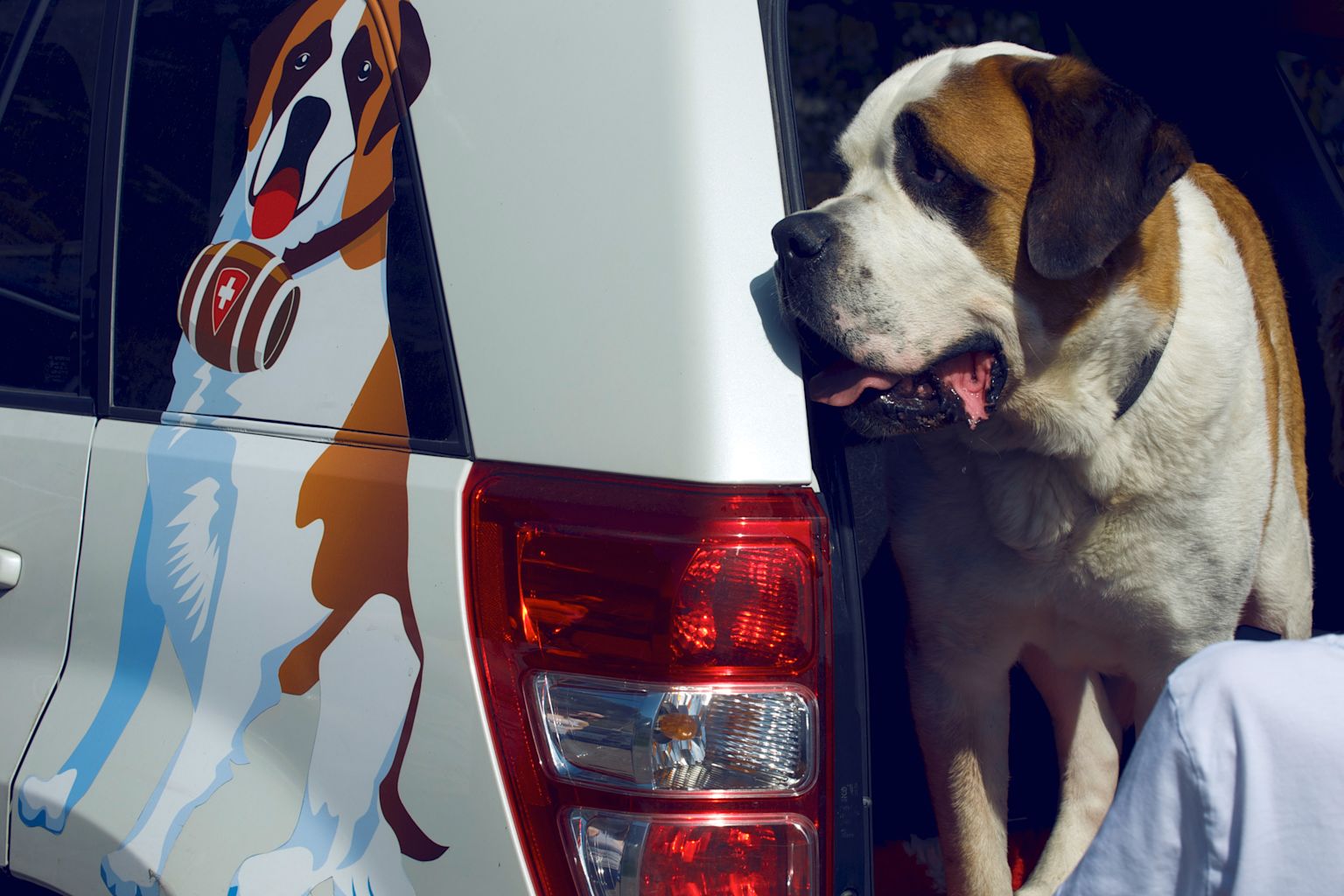
Barryland and Museum
In 2014, the Fondation Barry took over the "Musée et Chiens du Saint-Bernard" and renamed it Barryland. Here, you can watch the dogs every day, visit exhibitions and immerse yourself in the history of the Great St Bernard Hospice and its four-legged friends. Children can also enjoy exciting moments in the multimedia Barry Theatre. A visit to the Café de Barry with its large terrace or to the Barry shop round off this real "woof" experience.
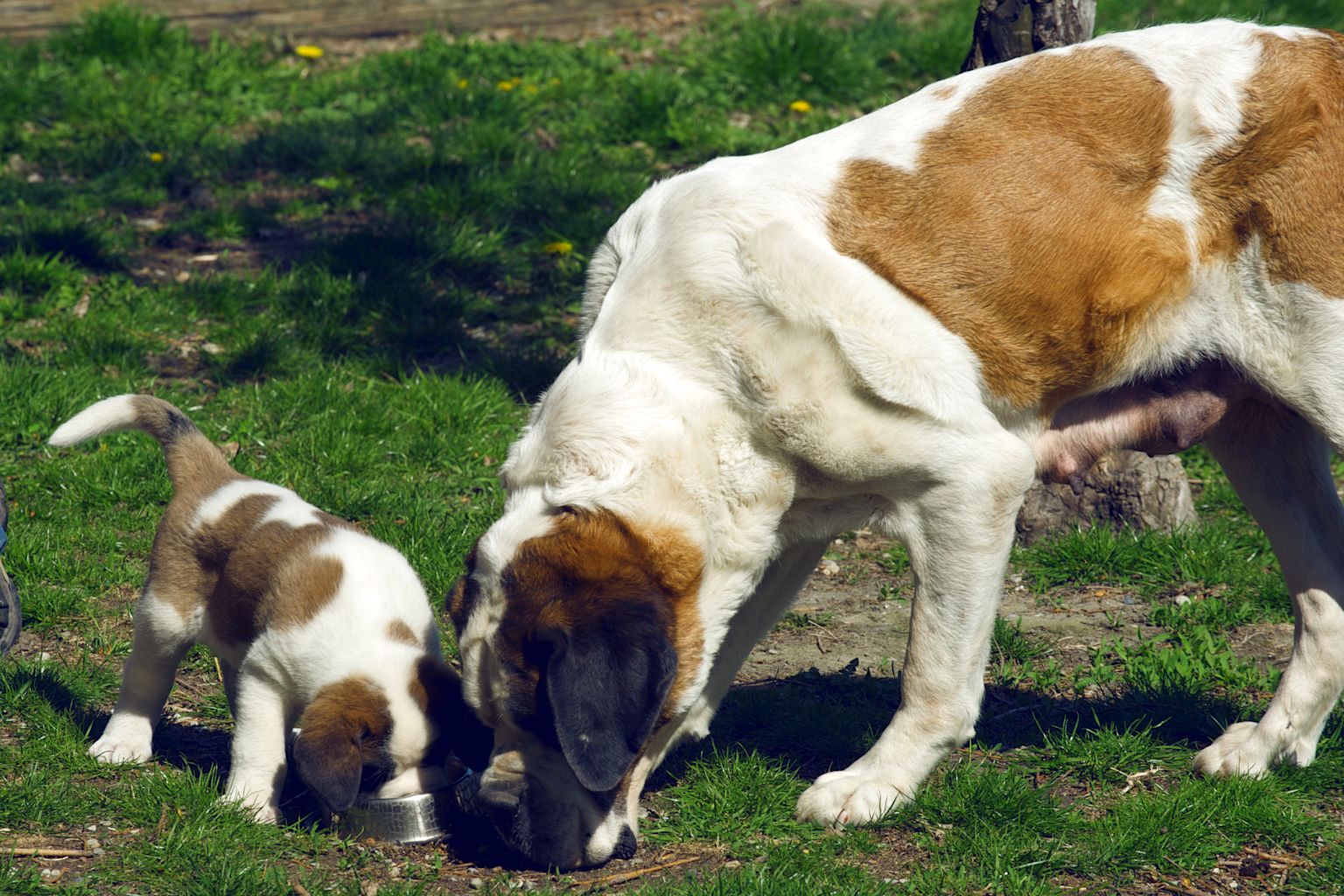
Great St. Bernard
Founded in the 11th century, the hospice at 2,469 metres on the Great St. Bernard Pass was intended to provide shelter for travellers and pilgrims. From the mid-17th century onwards, monks kept large mountain dogs there as guards and companions and for searching for people. The presence of St. Bernards is attested by documents from 1695 and by a note in the hospice records from 1707. The Barrys return to their native home each summer during the traditional pass procession.
